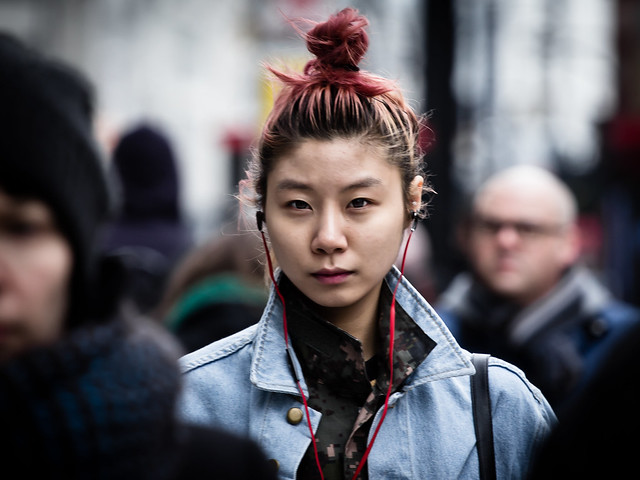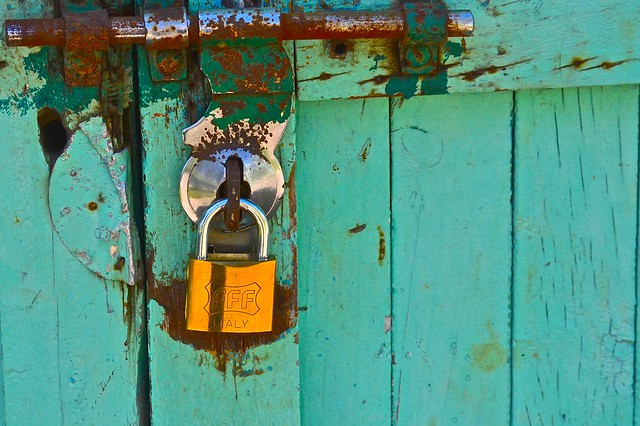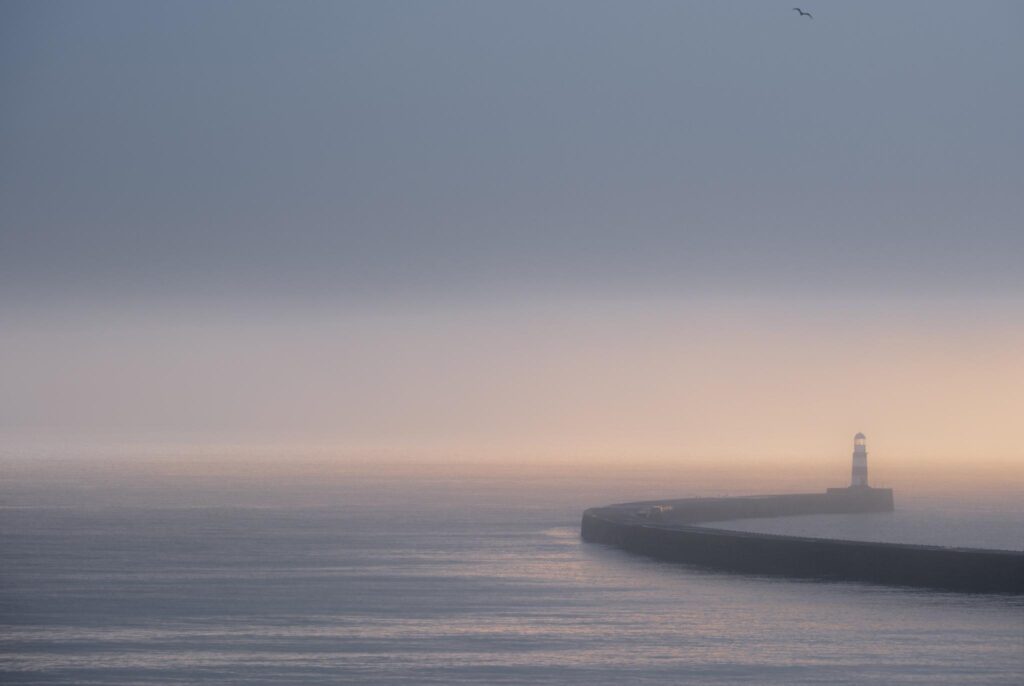Some people just seem to have been born with a natural talent for “seeing” the perfect composition, and hopefully, you are one of them; however, if you find yourself having to put in a little effort to find the best framing, I have good news for you–it gets easier. I promise. There are lots of little tricks and “rules” you can use to help you get more interesting shots, and there’s also exercises you can practice, that will help train your eye to see in a more photographic manner. Here’s a few to get you started…
Hold Your Camera The Other Way

How many of you shoot the majority of the time in landscape (horizontal) orientation? The truth is, a lot of us do–I know I’m guilty!
We get so accustomed to always holding our cameras in one orientation or the other, it rarely occurs to us that we can turn it the other way and compose an entirely different image. It’s not that we’re deliberately being lazy, but, in a way, when we form habits like this, we stop challenging ourselves to think and see differently.
Next time you’re out there shooting, make a mental note of which orientation you shoot in the most and challenge yourself to try the other way, too. Remember, all of your landscape photos don’t need to be in a landscape orientation, and all of your portraits don’t necessarily need to be in portrait orientation. Don’t be afraid to mix it up!
Get To Know The Old Masters
![Vermeer – The Milkmaid [Public domain], by Johannes Vermeer (1632–1675)](https://www.lightstalking.com/wp-content/uploads/2012/08/512px-Vermeer_-_The_Milkmaid.jpg)
We have several great resources right here on Lightstalking that offer lots of great, in-depth information about all the ways art history has affected the world of photography, including this article I wrote about the many ways art history can improve your own photography–be sure to check it out when we’re done here.
When you find yourself without a camera, but still want to practice your craft, I encourage you to spend some time strolling through a museum, or doing some research online or at the library, and really looking at some of the paintings by any of the old masters. More specifically, study the way they saw light, and the way they arranged all the subject’s and elements of their paintings. Think of how the painters “cropped” their image in their minds before they began painting it, and how you can do the same with your photos before you even take them.
Give Yourself Some Restrictions

At least temporarily. This may seem counter-intuitive at first glance, but forcing yourself to shoot only in black in white, use only a prime lens for X amount of days, or a similar challenge, can help train the eye to automatically look at something in many different ways by breaking us away from our norms.
Remember, we’re not trying to form new habits, so I like to give myself an limits on how long I have to limit myself. Sometimes it’s for a month at a time, other times it’s only for a single shoot. Just be sure to give it enough time to really learn something from the experience. Before long you won’t have to make it such a point to step back and decide on the most interesting way to frame a scene, it’ll just start coming to you. (But, be sure you don’t take it for granted!)

Lastly, don’t be too hard on yourself. Remember to have fun with whatever you’re trying to learn and enjoy the process of getting there and it will shine through in your photos.




